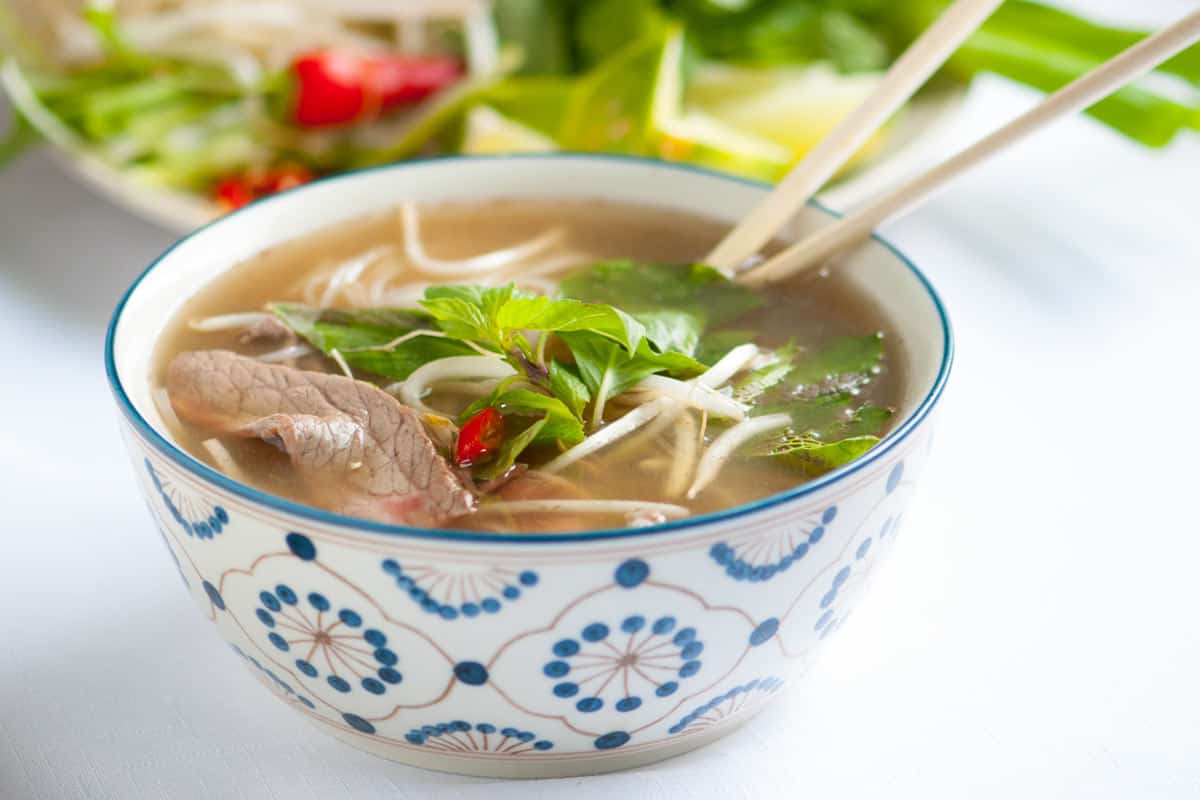
This is the most delicious pho recipe we’ve ever made. You will love the light and aromatic broth that’s made completely from scratch. Once you try this amazing Vietnamese beef noodle soup with ginger, star anise, and cinnamon, you’ll want to make it again and again.
Watch the Video
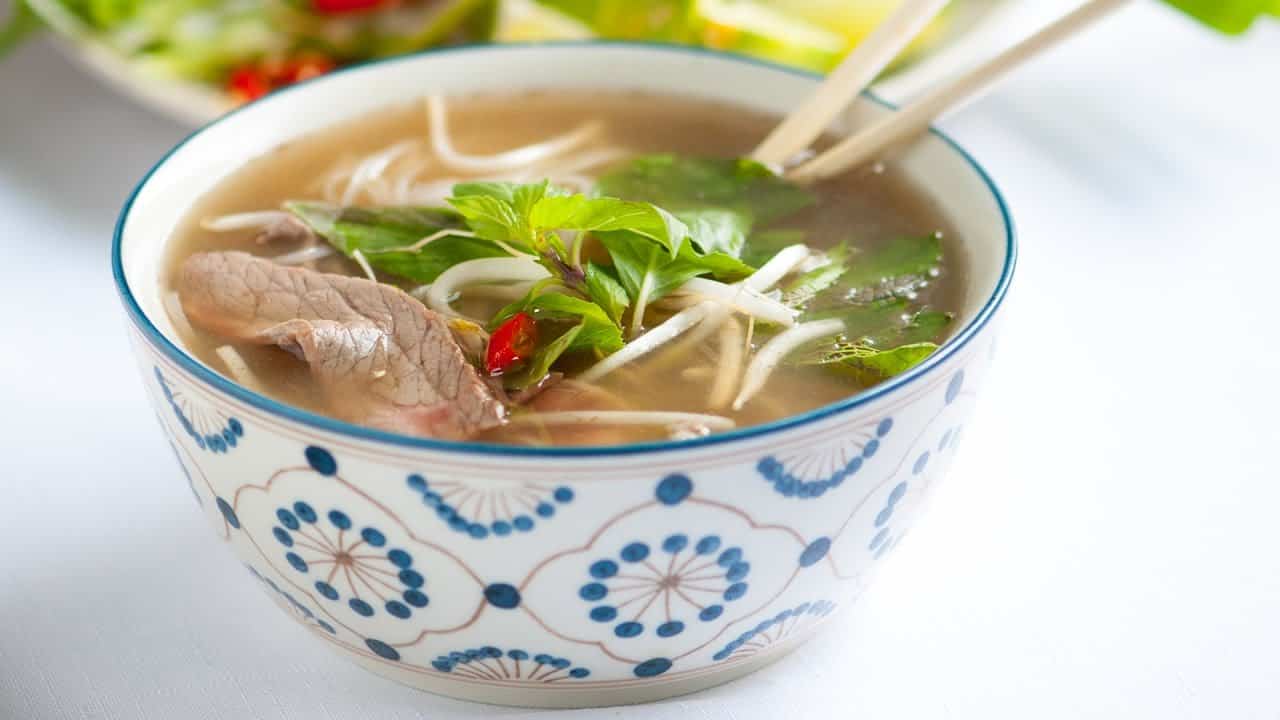
We first learned how to make pho (pronounced “fuh”) many years ago and are so happy that we did. If you’ve not had it before, Vietnamese pho is a noodle soup that’s flavorful, aromatic, and unbelievably comforting.
Every time I make this beef pho recipe (phở bò), I want to make it again. The aroma of it cooking is enough, but the flavor seals the deal. Pho is one of the best noodle soups in the world, and with one bite, you’ll understand why.
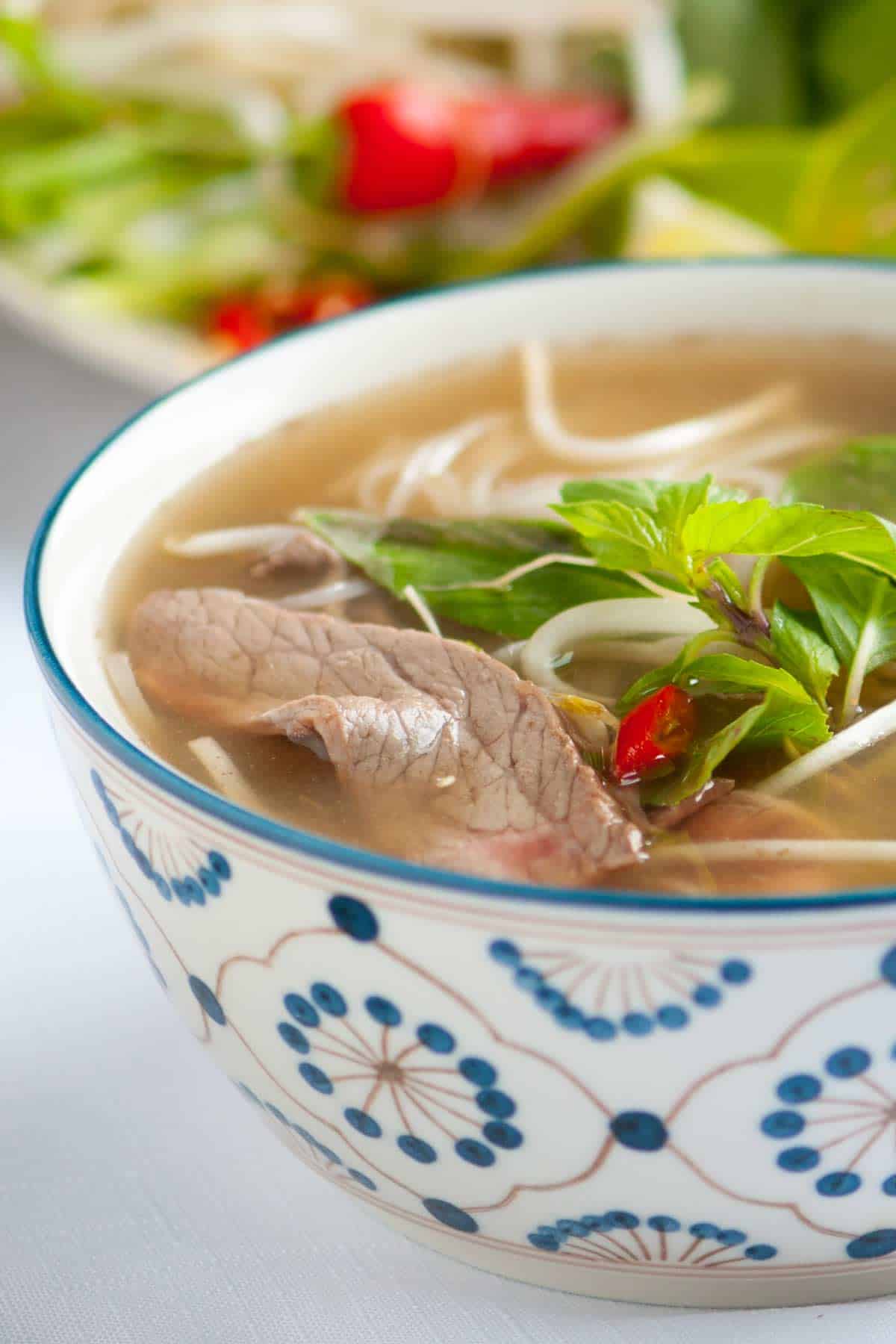
Key Ingredients
Beef bones: I look for knuckle and leg bones when making pho. The best bones for pho are beef bones rich in collagen and marrow, which guarantee rich flavor. Try knuckle, leg, neck, and marrow bones. For the most interesting flavor, use a variety.
Onion and fresh ginger: I love the onion and ginger in this broth. To achieve the distinctive, almost smoky, deep flavor of traditional beef pho, I char the onion and ginger before simmering with the beef bones (watch me do it in the video).
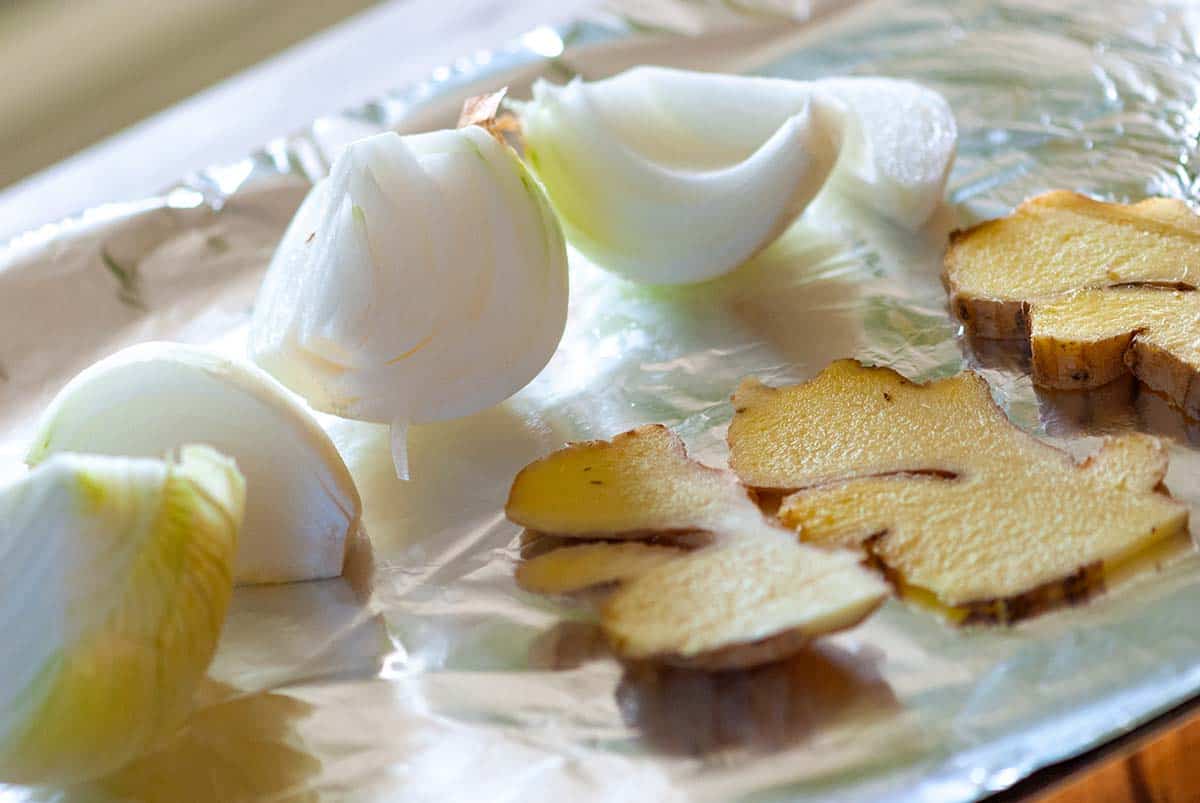
Pho spices: Our broth simmers with cinnamon sticks, whole coriander seeds, fennel seeds, star anise, cloves, and a black cardamom pod. The most unusual spice is the black cardamom pod, which I find in International or Asian markets or buy online. It’s very smoky, and even though we only add one pod, it adds so much to the flavor of our pho.
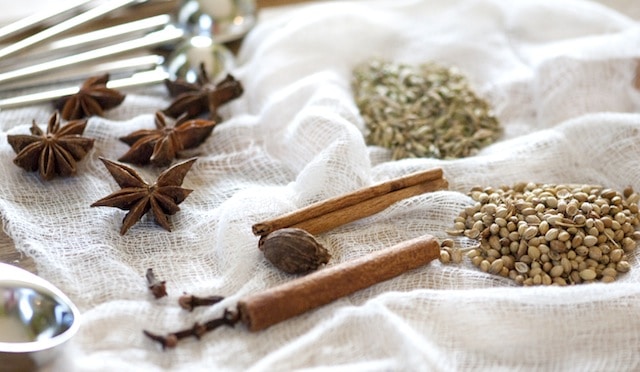
Fish sauce: You can’t make pho without fish sauce. You’ll use it when cooking and serving the broth. Andrea Nguyen of Viet World Kitchen suggests that when shopping for fish sauce, look for glass bottles, not plastic, and allow price to guide you. Go for the mid to high-priced fish sauce (which will run you $8 to $15). Two brands of pho we have in our kitchen are Three Crabs and Red Boat.
Rock sugar: Sugar balances the savoriness of our beef broth. I use yellow rock sugar for traditional pho, which I buy at a local Korean market (it is also sold online). If you cannot find it, you can use regular sugar. The flavor is not exactly the same, but it works. (Rock sugar does a better job at rounding out the flavors.)
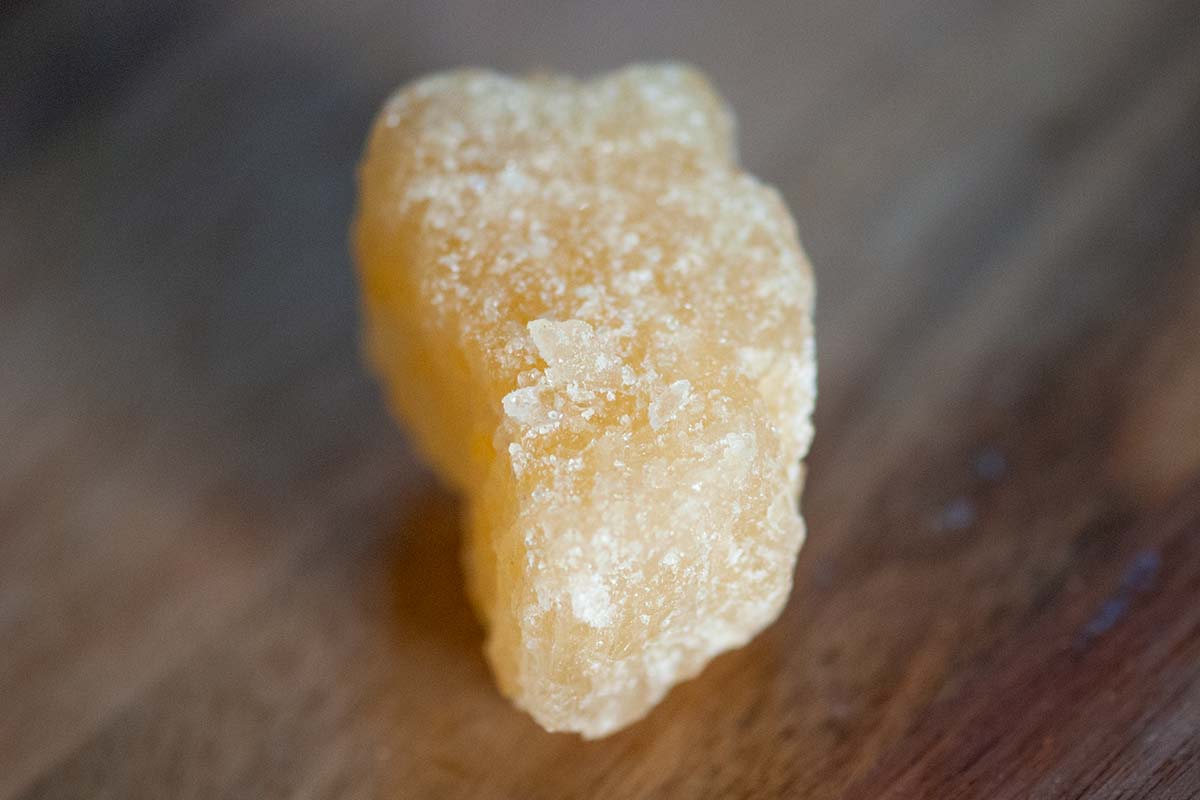
Noodles: Use flat rice noodles for pho, also known as bánh phở in Vietnamese. Rice noodles are delicate and a little chewy, made from rice flour and water. I use the noodles that are around 1/4-inch wide. You can buy fresh noodles at Asian markets (pictured below), which is a nice treat, but dried rice noodles work nicely.
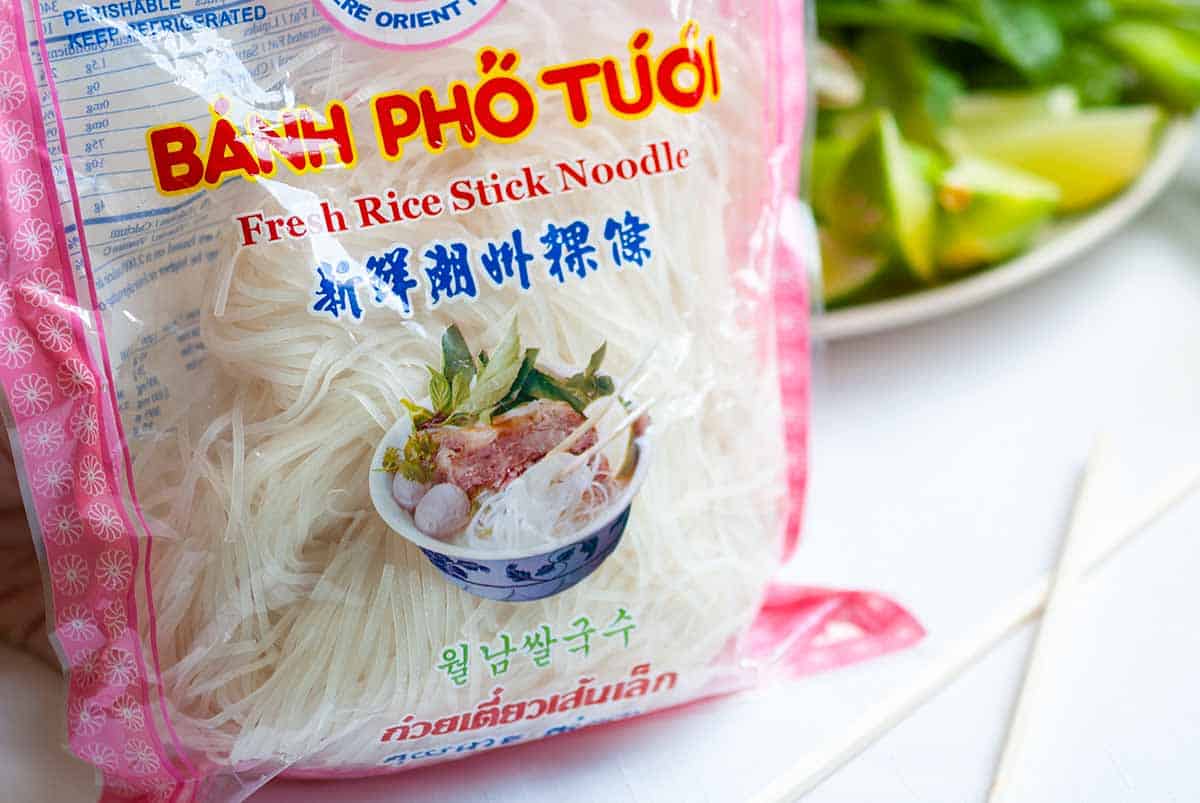
Beef for serving: In traditional Vietnamese pho, thinly sliced raw beef is added to the serving bowls before pouring over hot broth. The heat of the hot broth cooks the beef (depending on how hot the broth is, it will be medium or medium-rare). Use cooked beef instead if you do not wish to add raw beef.
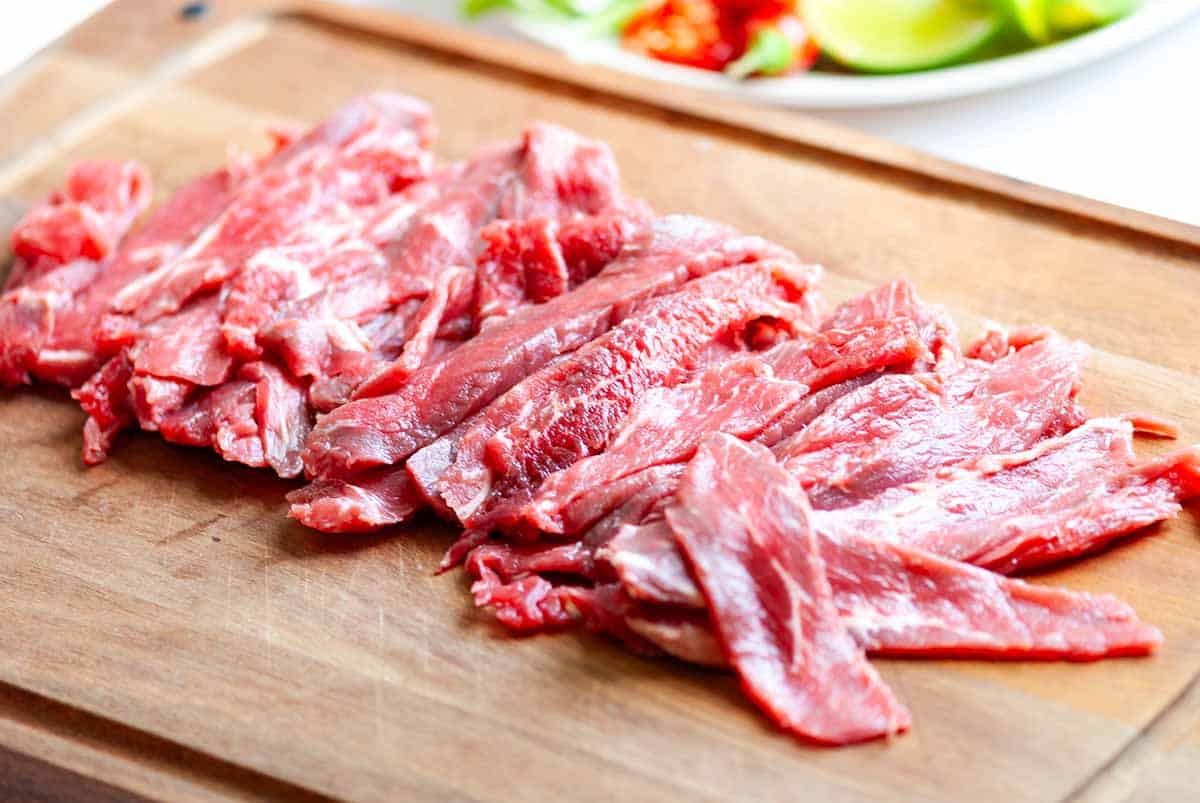
Toppings for Pho: If you’ve ordered pho at a Vietnamese restaurant, then you know one of the most exciting things about it is the plate of optional toppings that comes with your big bowl of pho! We serve pho soup next to a plate of Thai basil, fresh mint, thinly sliced onion, crispy bean sprouts, and lime. Fresh chilies are also lovely! You can also keep fish sauce, Asian chili sauce, and hoisin sauce nearby.
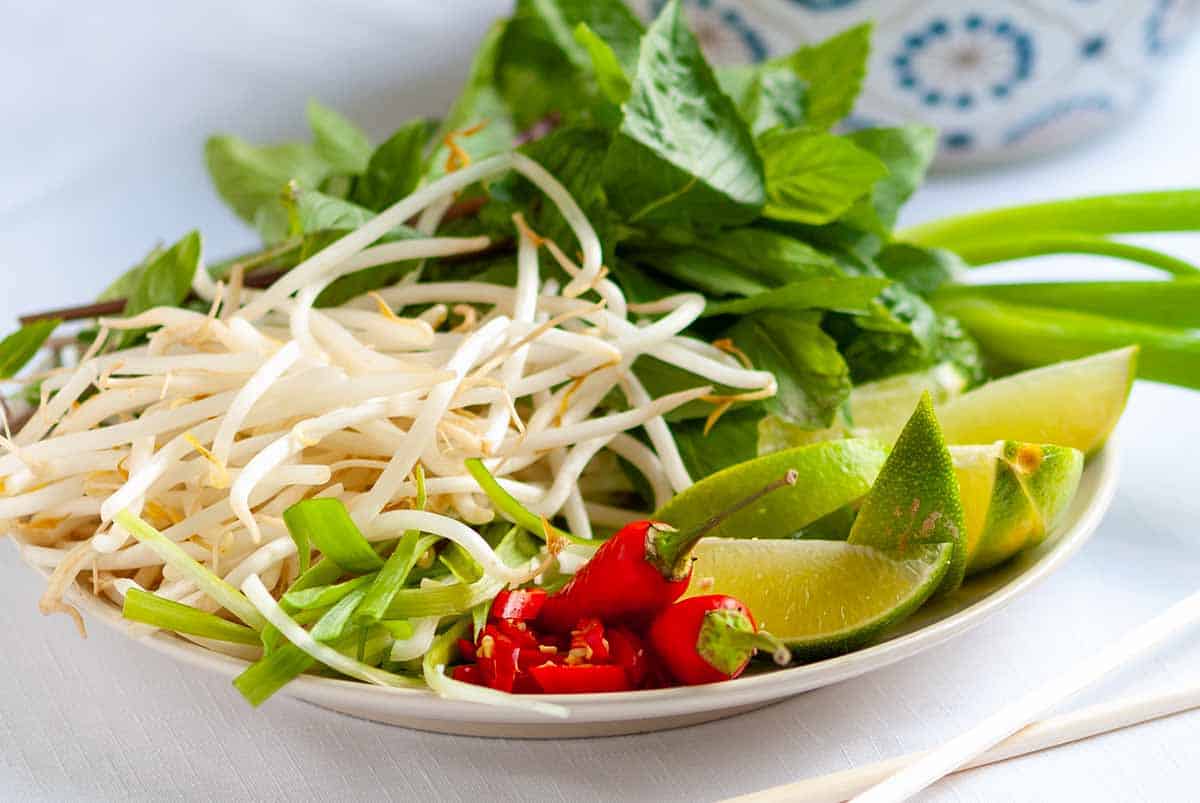
How to Make Pho
The first thing I always do when making pho at home is parboil my beef bones. It’s easy and helps achieve a crystal-clear broth. Toss the bones in your stockpot, add water, and boil for a few minutes. As the bones simmer, they release impurities, making the water scumy and foamy. Strain the bones and rinse away all the frothy scum from them and the pot (watch me do this in the video).
The second tip for the best homemade pho is to toast your spices. Toasting them wakes them up and makes them even more aromatic. Toss them into a dry pan over medium heat, stay close, and shake them around several times. You’ll know when they’re ready when you start to smell them. It only takes two to three minutes.
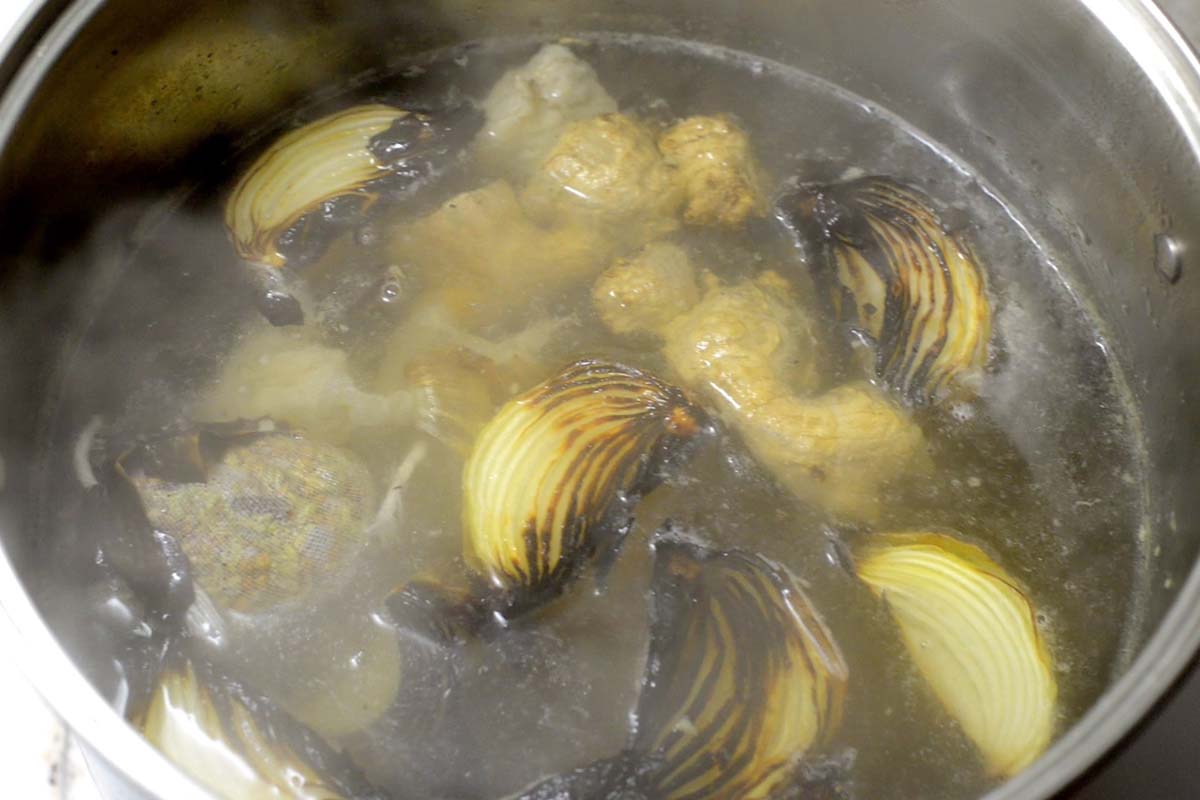
For the broth, cover the parboiled bones with water, bring to a simmer, and add the charred onion and ginger, toasted spices, salt, fish sauce, and rock sugar. The broth will cook at a very low simmer for about 3 hours, and then you are ready to serve!
How to Serve Pho
Cook your noodles in a separate saucepan (never in the broth), rinse them, and divide them between serving bowls. Place raw or cooked beef on the noodles, then ladle the simmering broth over them. Serve immediately with your favorite toppings, such as fresh herbs, bean sprouts, and lime.

Storing the Broth
Homemade pho broth lasts in an airtight container in the fridge for up to 5 days. To freeze, transfer to freezer-friendly containers and freeze for up to 6 months. Thaw frozen pho broth in the refrigerator overnight and reheat the next day. To reheat, add to a saucepan and bring to a simmer before pouring into your serving bowls. We do not recommend storing/freezing cooked noodles, as they tend to break up over time.
Can I Use Store-Bought Beef Broth?
If you are looking to make pho as good as what you’d find at the most authentic restaurants, substituting store-bought beef broth for this recipe won’t cut it. We know our process takes longer than some, but trust me, this homemade Vietnamese pho broth has so much more flavor. You won’t regret it.
Vietnamese Pho (Completely from Scratch!)
-
PREP
-
COOK
-
TOTAL
Making Vietnamese pho at home is easy, especially with our traditional pho recipe. We realize our from-scratch recipe may look daunting, but it’s easier than you think, and there is a lot of inactive time while you wait for the broth (we’ve just been extra tedious to share everything we know).
A few notes before you begin: (1) Parboiling the bones makes our broth clear, and you do not lose any flavor. (2) Keep your broth at a low simmer. Otherwise, it will reduce too much. If it seems that it is reducing too quickly, partially cover the pot with a lid. (3) There will be a generous amount of fat at the top of the broth when it is done. Skim it away with a spoon, or refrigerate the broth overnight. The fat rises to the top and solidifies, making it really easy to remove.
Makes 3 to 4 quarts of broth (4 large or 6 small bowls)
Watch Us Make the Recipe
You Will Need
Pho Broth
5 to 6 pounds of beef knuckles or leg bones
6 quarts cold water
2 onions, quartered
4-inch piece of fresh ginger, halved lengthwise
2 cinnamon sticks
1 tablespoon coriander seeds
1 tablespoon fennel seeds
6 whole star anise
6 whole cloves
1 black cardamom pod, see tips
1 ½ tablespoons fine sea salt
1/4 cup fish sauce
1-inch piece of yellow rock sugar, see tips
Assembly
1 pound dried or fresh “banh pho” noodles, see tips
8 ounces raw eye of round, sirloin, or tri-tip steak, thinly sliced across the grain, see tips
1/4 cup thinly sliced onions
1/4 cup chopped cilantro leaves
Optional for the table: fresh mint, Thai basil, bean sprouts, lime wedges, sliced green or red chilies, fish sauce, hoisin sauce, sriracha or chili sauce
Directions
- Make the Broth
1Place beef bones in a stockpot (10-quart or larger). Cover with cold water. Bring to a boil over high heat for 3 to 5 minutes. As the bones boil, scum and foam will float to the top. Drain the bones, rinse with warm water, and scrub the stockpot clean. Return bones to the pot and add 6 quarts of cold water.
2Preheat oven broiler to high. Line a baking sheet with foil. Place onion quarters and halved ginger on the baking sheet and broil for 10 to 15 minutes, turning occasionally until nicely charred.
3Place cinnamon, coriander, fennel, star anise, cloves, and cardamom pod in a dry frying pan over low heat. Toast for about 5 minutes, stirring occasionally, until fragrant. Transfer the spices to a muslin bag or cheesecloth and seal with twine.
4Bring the stockpot to a boil, then reduce heat to a gentle simmer. Add the charred onions, ginger, spice bag, salt, fish sauce, and rock sugar. Gently simmer uncovered for 3 hours, skimming off any foam that rises to the surface.
5Use tongs to remove bones, onions, and ginger. Strain the broth through a fine-mesh strainer. To remove the fat, skim it off with a spoon or refrigerate the broth overnight (the fridge solidifies the fat at the top, which is easy to remove in the morning).
- Assembling Pho
1Place the strained broth into a stockpot and simmer over medium-low heat while you prepare the noodles.
2To prepare the noodles for cooking, place dried pho noodles in a bowl and cover with hot water. Soak for 15 to 20 minutes or until they are soft and opaque. If you have fresh noodles, do not cover them with hot water. Add them to a colander and rinse with cold water.
3Bring a medium saucepan of water to a boil. Add noodles and cook briefly (about 10 seconds) until they soften. Drain the noodles and divide them evenly between serving bowls, filling each bowl about 1/3 of the way.
4Arrange slices of raw meat over the noodles in each bowl. Carefully ladle the very hot broth over the meat, cooking it gently. Top with onion slices and cilantro. Serve with your favorite pho toppings at the table.
Adam and Joanne’s Tips
- Equipment: Large stockpot (10-quart capacity or larger), baking sheet, skillet, Muslin bag/herb sachet or cheesecloth with twine (for spices), and fine-mesh strainer
- Black cardamom pod: Highly recommend for it’s smoky flavor, but optional. Find in International and Asian markets or online.
- Yellow rock sugar: Also known as “lump sugar” sold in boxes at Asian markets. Break into smaller chunks – use a hammer or rolling pin.
- Raw beef: Ask your butcher to thinly slice or place beef into the freezer for 15 minutes to harden a little. Carefully slice the beef across the grain into 1/16-inch thick slices.
- Recipe inspired by Andrea Nguyen of Viet World Kitchen and Jaden Hair of Steamy Kitchen.
- The nutrition facts provided below are estimates.
Nutrition Per Serving
Calories
436
/
Protein
23 g
/
Carbohydrate
74 g
/
Dietary Fiber
3 g
/
Total Sugars
6 g
/
Total Fat
5 g
/
Saturated Fat
1 g
/
Cholesterol
20 mg
Discover more from reviewer4you.com
Subscribe to get the latest posts to your email.





